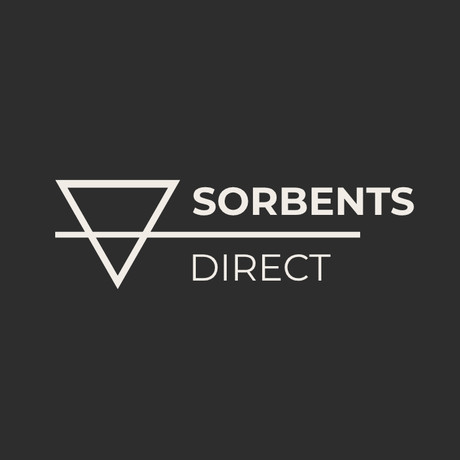Sorbents 101: The Most Common Questions Answered
When it comes to sourcing materials like silica, carbon, alumina, or clay, many buyers and engineers find themselves asking the same questions. Whether you are working in food and beverage, pharmaceuticals, environmental remediation, or industrial processing, understanding the basics of sorbents can help you make better sourcing decisions. This FAQ brings together some of the most common questions our team at Sorbents Direct hears every day.
What are sorbents?
Sorbents are materials that capture and hold substances, either by adsorption on their surface or absorption into their structure. They are widely used to remove impurities, control spills, dry gases and liquids, and improve product purity across industries.
What is the difference between adsorption and absorption?
Adsorption happens when molecules stick to the surface of a material, such as activated carbon binding volatile organic compounds. Absorption occurs when molecules penetrate into the bulk of the material, like a sponge soaking up water. Most industrial sorbents work through adsorption, which allows for selective, high-efficiency performance.
What industries use sorbents the most?
Sorbents play a role in dozens of sectors. In food and beverage, they remove unwanted color and impurities. In water treatment, they capture heavy metals and control moisture. In pharmaceutical applications, they help with purification and chromatography. They are also essential in spill control, energy and battery manufacturing, and environmental remediation.
Which sorbent is best for moisture removal?
Silica gel is a common choice for general moisture removal because of its high surface area and ease of use. Activated alumina offers a stronger moisture control option, particularly in gas drying. Molecular sieves are the most precise choice, targeting specific molecule sizes and delivering very low dew points.
How do silica gel, activated alumina, carbon, and clay compare?
- Silica Gel: Excellent for moisture control, stable, widely available.
- Activated Alumina: High moisture adsorption, regenerable, suitable for gas drying.
- Activated Carbon: Strong surface activity for VOCs, odors, and color removal.
- Clays (Bentonite, Bleaching Earth): Economical choice for clarification and refining in various industries and applications.
Can sorbents be regenerated or reused?
Some sorbents, such as activated alumina and molecular sieves, can be regenerated with heat or vacuum. Others, like clays and certain carbons, are single-use and disposed of after their capacity is reached. The right choice depends on your process requirements and cost considerations.
What packaging sizes are available?
At Sorbents Direct, we provide packaging options to fit both lab-scale and bulk production needs. This includes 25 kg boxes, 100 kg packs, and bulk bags up to 2000lbs (908 kg). Flexible packaging sizes allow smaller labs and large-scale processors alike to source what they need without overspending or overstocking.
Still have questions?
Our team is here to help with product selection, technical specifications, and logistics support. Explore our full catalog of sorbents or contact us directly for guidance and quotes tailored to your operation.

